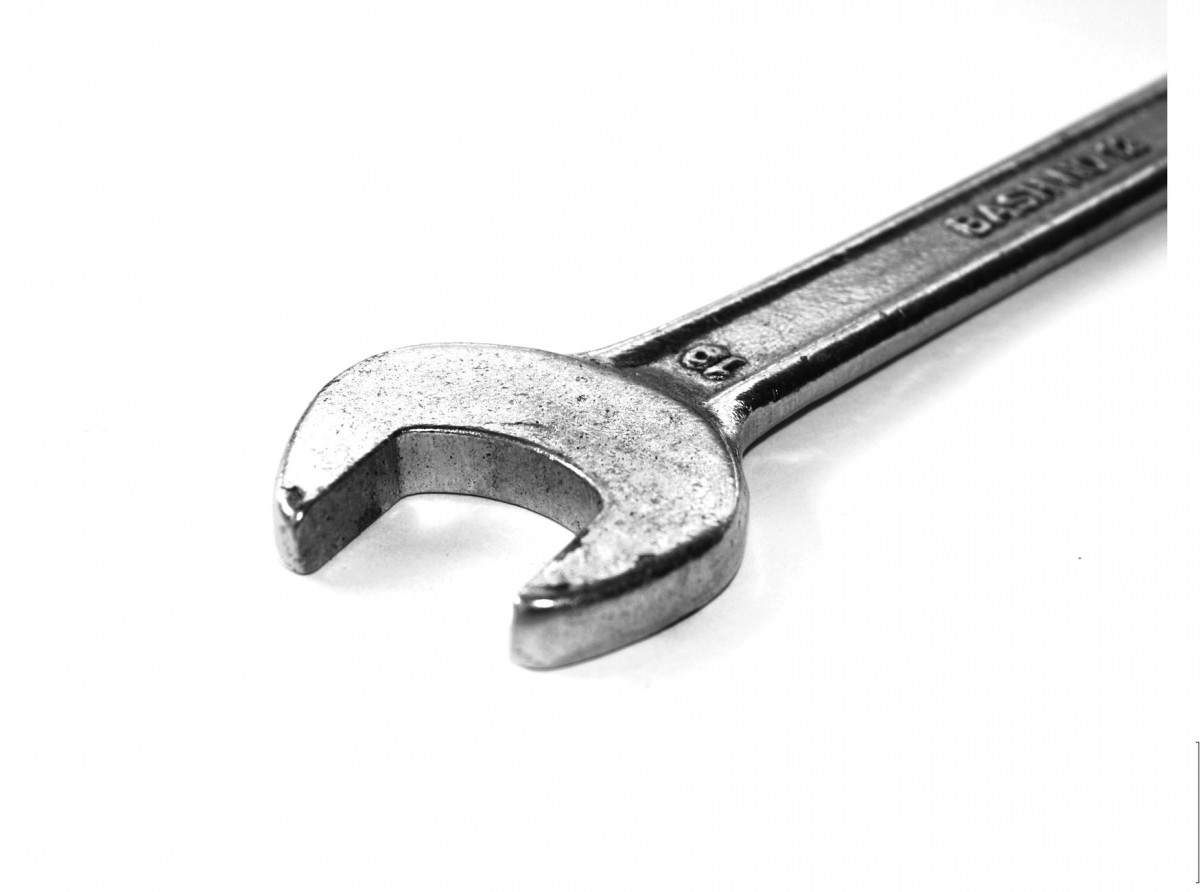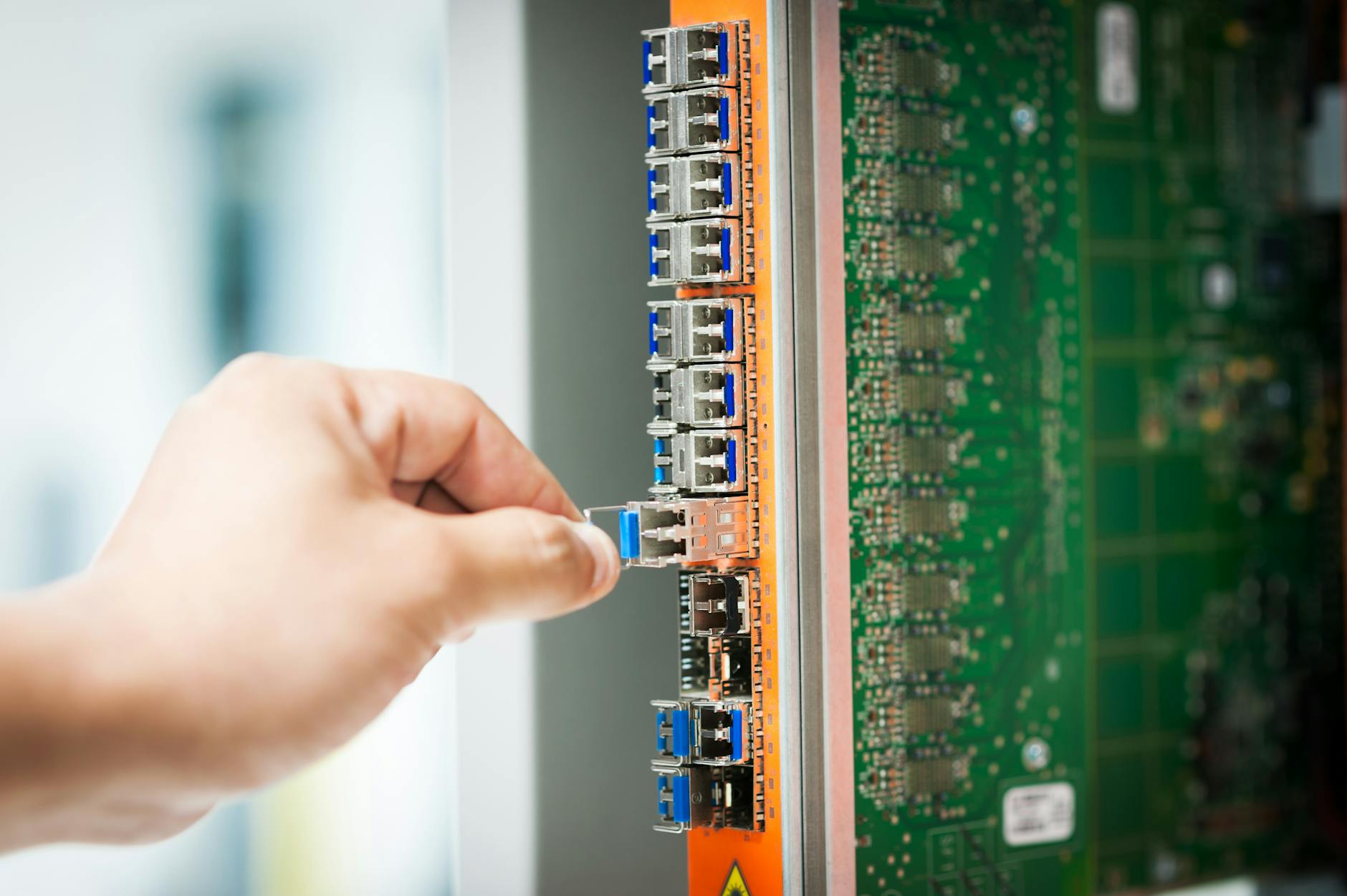Well it’s been years but we’ve had an old rack that isn’t the computer standard 19” rack and in looking at the logo on the side (chatsworth rack) I couldn’t find anything about it.
But one chance remark from a hime theater expert really helped me. Tom said, yes those 23 inch racks are such a pain.
That was enough to crack the nut. We have an old rack that was for telecom equipment. From the old days of Westinghouse these are 23 inch racks. And yes I don’t really understand who came up with these sizes.
Turns out It’s hard to find on Amazon but Rack Solutions has all the answers and I got 23 to 19 reducers and spent the day reconfiguring the rack here is what I learned:
- The reducers work perfectly. (but see the note on not over tightening). You really want a rack with rack nuts to prevent this.
- Be careful which size screws you are using 12-24 vs 10-32 vs M6. We have big 12-24 screws in many boxes of equipment and these can easily strip the delicate 10-32 holes if your rack is predrilled. The 12-24 have much smaller threads. And yes, if you have a choice, get bolts which are dog tapered so easy to get in and which has a wide head.
- Cage nuts are awesome, but make sure to spend the little extra and get a cage nut tool which makes it easy to squeeze things in and this one is really nice, you can figure out what screw you ahve.
- Some things have rack mounts, but don’t really work. Our Unifi 48-port (see below) really drops at the back, the box is just too heavy for front mounting.
- Don’t throw cardboard boxes away. Our shiny new 48-port POE switch had “rack ears” and I just threw them away. Trying to get replacements now. But another reminder that they really do stow things in the strangest places. In this case, Unifi puts the rack ears into the cardboard of the box
- Some rack ears won’t support the device from the front. In this case, the 48-port is so long and heavy, it just sags at the back.
- Do NOT overtighten the rack screws. We have a rack without rack nuts, so you can easily strip the aluminum. They are really meant to be just slightly more than finger tight.
- Even with a rack shelf, some things are just too heavy for a front mount. Those UPS boxes are HEAVY. We have two UPS and this is just a front mount rack. That is, everything has to be supported from the front. The Rack Solutions 100-pound racks are sturdy, but it now sags in the middle. So need probably distributed these two UPS boxes across much bigger shelves.
And more warnings about rogue DHCP Servers
As soon as I got everything back together, I discovered half my devices were missing and in installing some new devices, I was suddenly getting `192.168.100.x`addresses.
Well I’m sure you smart folks know what happened, but some device was issuing DHCP addresses. This is called a rogue DHCP server. And there are three solutions:
- Unifi DHCP Guard. This is buried in the command menus, but you white list the Unifi controller (or whatever is providing DHCP addresses) and then if it sees something, it will say something. In this case, it provides the Mac address of the offending device. Then you can use a Mac id checker to figure out what kind of device it is.
- Alternatively, you can disable the Unifi DHCP server and then see new addresses are being handed out. On a Linux box, you can see this with
ipconfig /alland on a Mac usingifconfiggetpacket en0 which I think is the BSD equivalent. You need to replaceen0with whatever network you are using. You can look at the routing withroute get 8.8.8.8to see your way to the Google DNS server and this will give the ethernet interface name using of the form en1, en2, en3,… And if you want to trace a route, the Linuxtracertis calledtraceroute
Obihai 201 has a DHCP server
Well the route cause was that this little box called the Obihai 201 that does VOIP connection has two ports. One says “Ethernet” and the other “LAN”. The LAN side has a DHCP server on it, so you can put your Obihai between your cable modem and your network as a poor man’s gateway. Neat feature, but beware! I taped off that port for myself.







